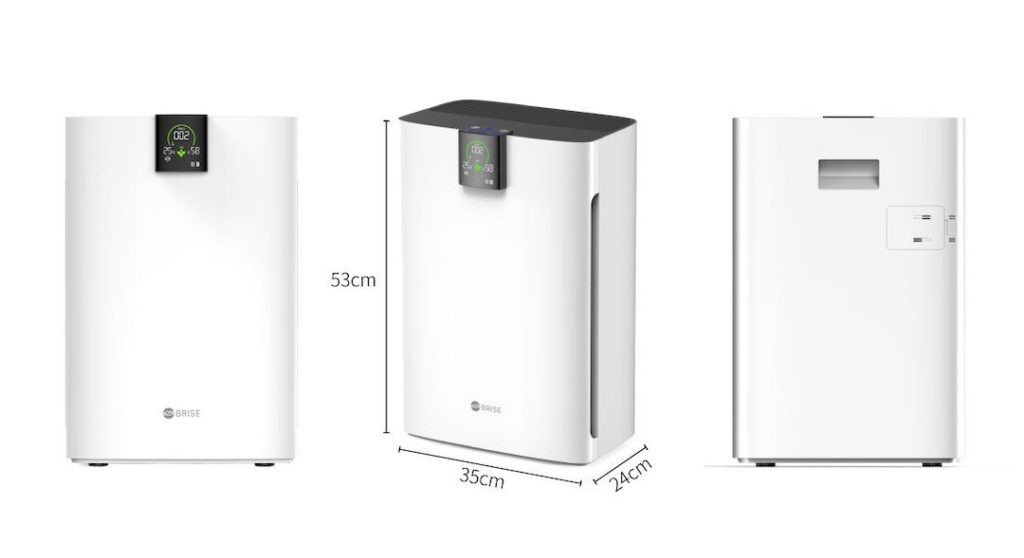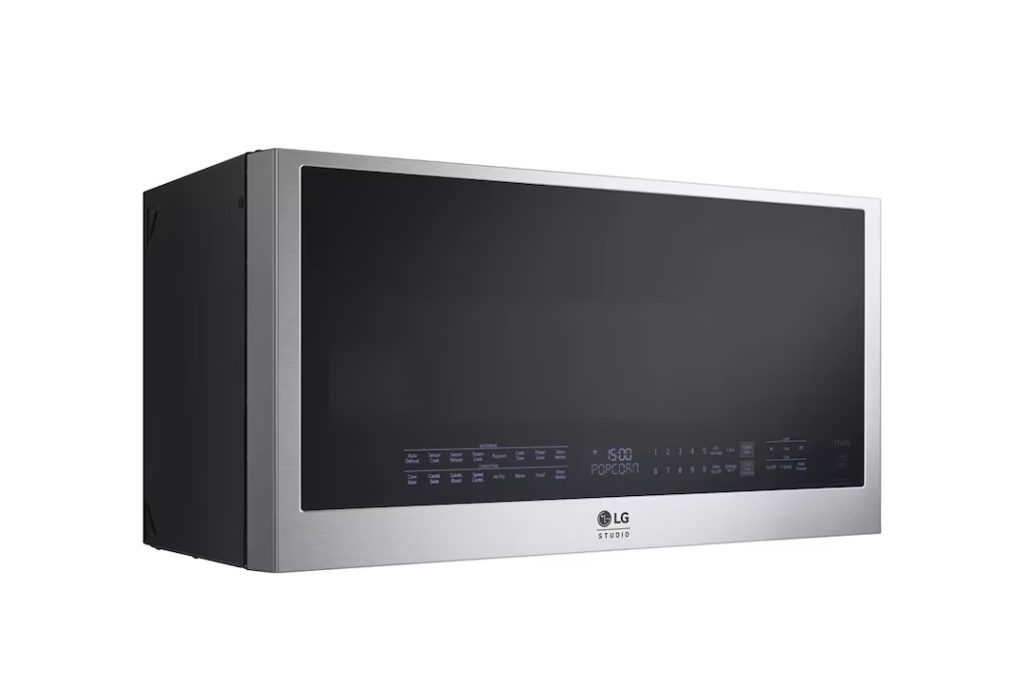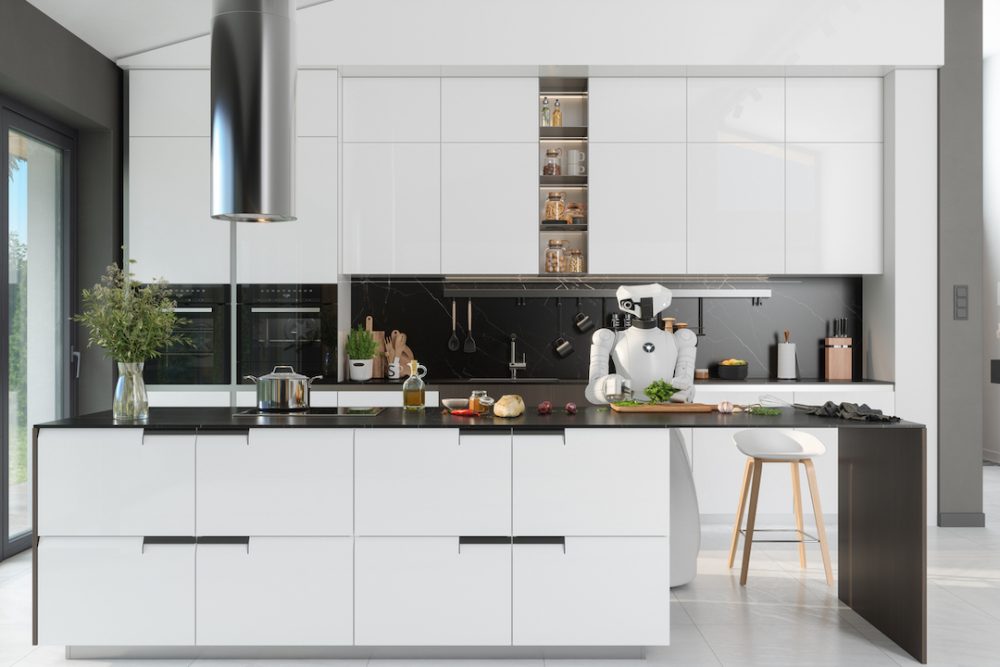Whether it be setting a timer for a cycle on the washing machine that targets tough stains, maneuvering a robotic vacuum cleaner to a section of your house that needs a little bit of TLC, or making a latte on a coffee machine from the comfort of your bed, AI has automated the rhythm of daily life. This is no secret to consumers, who have been flocking to purchase smart appliances for their homes due to the efficiency, convenience, and security they offer.
Consumers’ affinity for smart home products presents no indication of waning. The global smart home market is estimated to grow in the coming years. MarketsandMarkets projects that the global smart home market will grow from $101.7 billion in 2023 to $163.7 billion by 2028. That forecasted period presents a staggering compound annual growth rate (CAGR) of ten percent. The Internet of Things (IoT) is only enabling this growth. IBM defines the IoT as “a network of physical devices, vehicles, appliances, and other physical objects that are embedded with sensors, software, and network connectivity that allows them to collect and share data.” The global IoT market is expected to grow from $662.21 billion in 2023 to $3,352.97 billion by 2030, at a massive CAGR of 26.1 percent, according to Fortune Business Insights.
These huge numbers indicate that AI-enabled appliances and electronics are taking the world by storm. But other than boosting convenience and efficiency, what do AI-enabled appliances have to offer customers? Before answering this question and immediately recommending a hot new product to a consumer, retailers should know what AI is, how it functions in appliances, and what the benefits of AI-enabled appliances are. That way, you can stay on top of the latest tech trend while still helping customers optimize their homes.
An Abbreviated History of AI
With the rate at which AI has entered the popular lexicon, its definition has inevitably been diluted to mean ‘a machine doing things a human can do.’ While this is not necessarily wrong, it is not at all encompassing of AI’s capabilities nor is it considerate of AI’s historical development. The UK’s Information Commissioner’s Office aptly defines AI as an “umbrella term for a range of algorithm-based technologies that solve complex tasks by carrying out functions that previously required human thinking.” There are many different subsets of AI that are used in a variety of industries and for a number of applications, some more complex than others. Having knowledge of what AI is at its foundation can help retailers navigate the complexity of the topic, thereby helping them make more informed recommendations to their customers.

Though the concept of a fully automated, quasi-human machine has been in existence in the science-fiction genre for centuries, the term Artificial Intelligence has only been around for a little more than half that time. In his 1950 seminal essay, “Computing Machinery and Intelligence,” British mathematician Alan Turing introduced the famous Turing Test as a way to determine if a machine’s computation of a conversation could be indistinguishable from a conversation held between humans. If so, then the machine can be said to be ‘thinking,’ which is considered to be a purely human capability. It was not until 1956 that the term Artificial Intelligence was coined by American computer scientist John McCarthy when he and fellow scientists Allen Newell and Herbert A. Simon presented the “Logic Theorist” computer program at the Dartmouth Workshop. From then on, AI became an academic discipline and began making its way into a number of industries.
What Exactly Is AI, Though?
There are four main types of AI but for simplicity’s sake, I am only going to describe reactive AI and limited memory AI because they are more common. Additionally, most commercially available appliances utilize these types of AI.

Reactive AI, the most rudimentary of the bunch, involves information being inputted into a machine that is then collected as data. From there, the data is processed to provide a predictable result. Think of your eerily accurate Netflix recommendations as reactive AI; the content you watch or linger on for a little longer than average are taken as indications by the Netflix algorithm that you want to see more movies or shows like that content. Reactive AI is relatively weak and cannot perform complex functions. As Bernard Marr & Co. puts it, algorithms with reactive AI “can’t function beyond the tasks they were initially designed for.”

Then comes the more sophisticated limited memory AI, which “uses historical, observational data in combination with pre-programmed information to make predictions and perform complex classification tasks,” continues Bernard Marr & Co. Limited AI builds experiential knowledge based on observations gleaned from actions and data to inform future performance. It is the most widely used type of AI today. The self-driving cars in Google’s Waymo Project, virtual assistants like Amazon Alexa and Apple’s Siri, and chatbots are all examples of limited memory AI. A human performs an action like driving or issuing a voice command, the machine takes it in as observational data, lumps it into a history of data, and then uses it to produce an accurate result.
The Hubbub Around AI
AI is an incredible tool that has made its way into a number of industries as well as the beat of our everyday lives. The technology has not been without controversy, however. Ethical concerns pertaining to the use of AI have become more prominent as AI develops in its complexity and capabilities to replicate human intelligence. Concerns typically revolve around the misuse of AI, such as in harvesting personal data, companies’ lack of transparency on what consumers’ information is being used for, as well as how data bias can promote social and racial inequities and deprive people of opportunities and jobs. To demonstrate how large these concerns have grown, the White House recently published a white paper called “The Blueprint for the AI Bill of Rights” to examine how AI should and can be used ethically as it becomes more autonomous.
AI should undoubtedly be developed with morality and ethics at the forefront. Generative AI has become a touchpoint for concerns from creatives and content creators because it has the capability to produce outputs that seem “indistinguishable from human-generated content,” according to McKinsey & Co.’s article on the topic. Appliances are not at the level where they use generative AI to perform their tasks, so this is not a cause for concern. But with all the talk around AI, it is important to make this distinction to customers.
Examples of AI-Enabled Appliances
The BRISE C360 Air Purifier

The BRISE C360 by Dutch company Suvios utilizes AI sensors to detect seven indoor air quality indicators simultaneously, including particulate matter, VOCs, temperature, and humidity. Its comprehensive filtration technology, which features pre-filtration and advanced filtration layers, then captures them.
The C360 is even cognizant of the time of day it operates and automatically adjusts its operation. According to Airly, an air quality educator and manufacturer of air quality sensors, air quality substantially decreases during the night hours. The site explains that due to the absence of the sun’s heat and light at night, which more easily disperses air and the pollutants in it, “air near the ground becomes colder than the air above it, trapping pollutants close to the surface.” During Nightcare mode, the C360 automatically accelerates its operating speed at night to conduct advanced filtration to combat poor air quality. Another reason air quality is poor at night is due to the fact there is less wind, another side effect of the sun being absent as the air near the ground cannot heat up, rise, and be dispersed throughout the atmosphere. AI in the BRISE C360 is aware of this and adjusts its operation accordingly to filter out higher concentrations of harsh particulates.
The C360 also uses AI to monitor outdoor air quality by connecting it with local air quality meter stations. This allows it to preemptively adjust its operation before outdoor pollution makes its way into the home.
LG STUDIO Over-the-Range Convection Microwave Oven with Air Fry

Microwaves are a staple electrical appliance in the kitchen because of how quickly and efficiently they can heat up food. The LG STUDIO Over-the-Range Convection Microwave Oven with Air Fry is more efficient by employing AI to help whip up hot and ready meals that are heated to their optimal temperature. Embedded sensors within the microwave detect humidity levels when the appliance is in operation. The sensors use these humidity levels to determine when food is cooked. When the sensors determine that the food is cooked optimally, the microwave shuts off to prevent the food from over- or under-cooking.
SuperOven by Unox Casa

For customers who desire a high-end kitchen that is also high-tech, Unox Casa provides a streamlined kitchen experience in a pretty package with the SuperOven. The oven was originally constructed for use in professional settings, but the Italian company has redesigned it for the residential market. It is an AI-enabled oven that has over 400 cooking programs in the AUTOCOOK function, so you no longer have to glance over and squint at a recipe constantly while preparing a dish. Simply select the type of food and the desired result, and the oven does the cooking for you with the chops of a chef. SuperOven also features MULTICOOK, which allows users to prepare multiple meals simultaneously, even if they require different temperatures and cooking times.
The Future of Appliances is AI
With all the talk around AI, specifically its capabilities and potential, it may seem like a novel concept. In actuality, AI has been a part of our everyday electronics, appliances, and lives for a good while. It is only because the technology is advancing in its performance and abilities that AI has become a hot topic.
AI can be an extremely beneficial tool when designed and applied ethically. In the medical and environmental fields, AI is becoming instrumental, and appliances are starting to adopt this technology and apply it on a smaller scale. Knowing how AI technology works as well as its applications across industries and in appliances currently, can help retailers inform consumers about the technology everyone is talking about while recommending the right products for their home.















